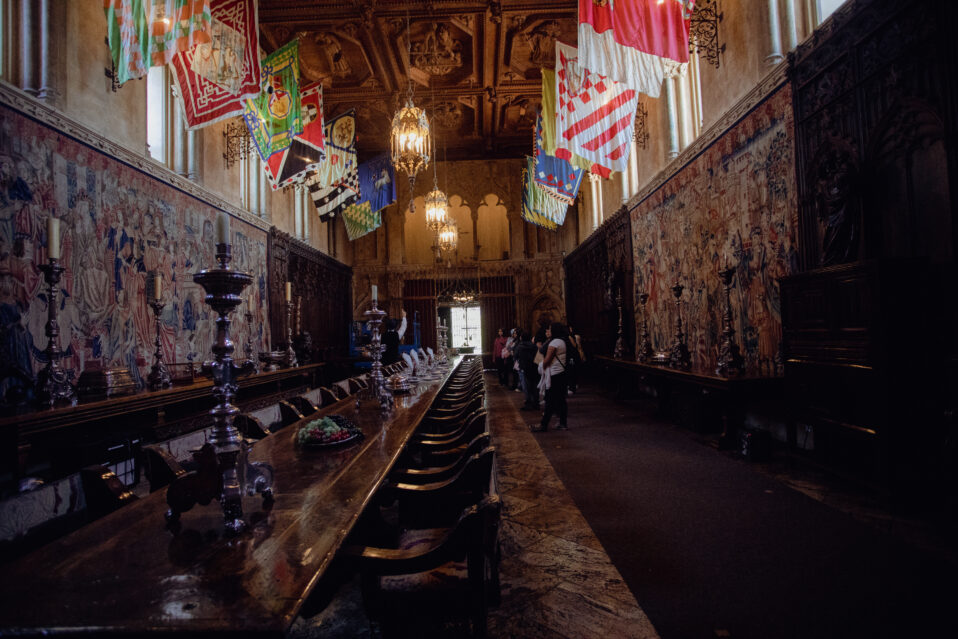Earlier this year, a gust of wind blew open the bedroom windows of Hearst Castle’s Casa del Sol guest house. Despite the name, the Spanish-Moorish style home was not sunny that particular day! A 17th-century Anatolian glazed terracotta flat dish residing inside found itself the victim of this unexpected wind burst. The rim of the vessel broke into two large fragments.
Fun fact: Casa del Sol is one of three Hearst Castle “cottages,” any one of which would have sumptuously housed a giant family. Bob and Dolores Hope, stargazer Edwin Hubbell, and many other luminaries stayed here. With glazed tile floors, translucent alabaster chandeliers, 500-year-old French wooden doors, and two 15th-century paintings of Spanish royalty by Bartolomé González, the head swims.
In regards to this beautiful Anatolian ceramic dish, we do not know the exact date of its creation, nor how or when William Randolph Hearst acquired it; however the geographic origin is interesting, as it exemplifies Hearst’s broad and unique taste in art. The Eastern Anatolia Region is located in the easternmost part of Turkey. It is bounded by Turkey’s Central Anatolia Region to the west; Turkey’s Black Sea Region to the north; Turkey’s Southeast Anatolia Region and Iraq to the south; and Iran, Azerbaijan, Armenia and Georgia to the east, where Eastern Anatolia overlaps and converges with the South Caucasus region and Lesser Caucasus mountain plateau.
Notable, too, terracotta (Italian for “baked earth”) is a type of earthenware, a clay-based unglazed or glazed ceramic, where the fired body is porous. Terracotta is the term normally used for sculpture made in earthenware, and also for various practical uses including vessels such as this one, water and waste water pipes, roofing tiles, bricks, and surface embellishment in building construction.
To fix the broken terracotta, a professional conservator first cleaned the entire dish, including the broken pieces, removing excess dirt from the exterior and interior. To prepare the fragments for rejoining, he restored them to a pristine state. Next, he rejoined two major and six minor ceramic fragments to the vessel to create the whole.
In order to achieve full integration, the conservator recreated missing areas of the glazed decoration with lightfast and chemically stable pigments to replicate the color, texture, and shine of the object.
The Foundation at Hearst Castle funded the conservation of this 17th-century Anatolian ceramic dish this summer. Incredibly, Hearst Castle’s museum collection houses over 25,000 pieces of art, though William Randolph Hearst collected over 250,000 pieces during his lifetime. As stewards of the collection, we are honored to help with ongoing maintenance and conservation.
To support our efforts, please consider making a contribution today. Learn more about how you can help.
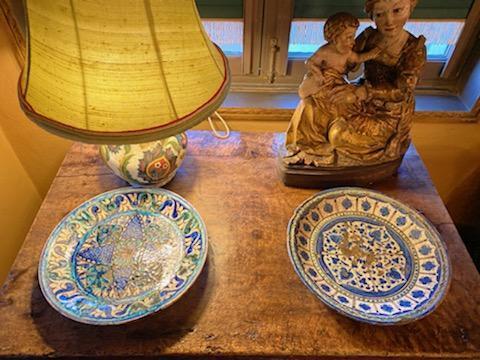
Restored Anatolian ceramic dish on display at Hearst Castle.
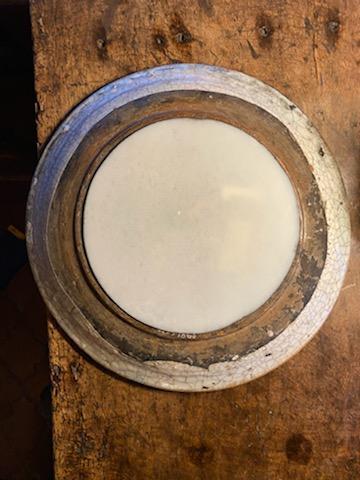
Back of 17th-Century Anatolian ceramic dish, post-treatment.
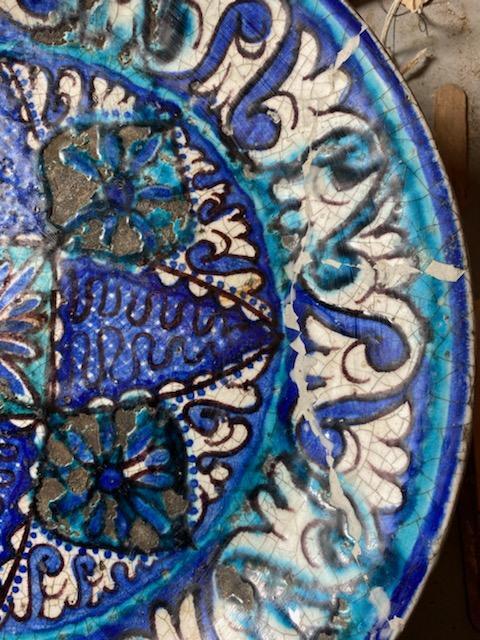
To prepare the fragments for rejoining, he restored them to a pristine state. Next, he rejoined two major and six minor ceramic fragments to the vessel to create the whole.
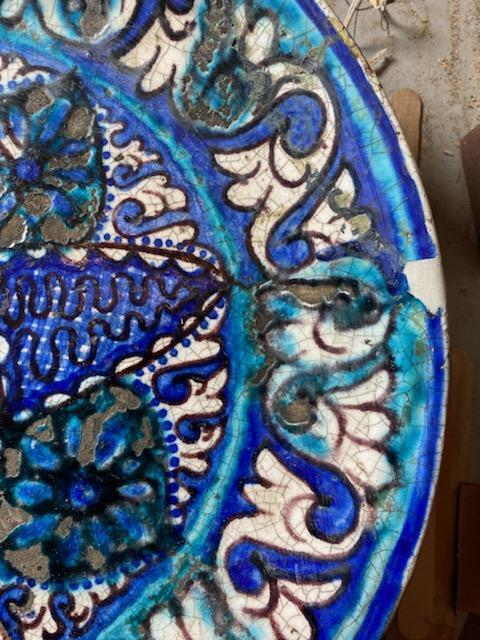
The conservator recreated missing areas of the glazed decoration with lightfast and chemically stable pigments to replicate the color, texture, and shine of the object.

We do not know the exact date of its creation, nor how or when William Randolph Hearst acquired it; however the geographic origin is interesting, as it exemplifies Hearst’s broad and unique taste in art.
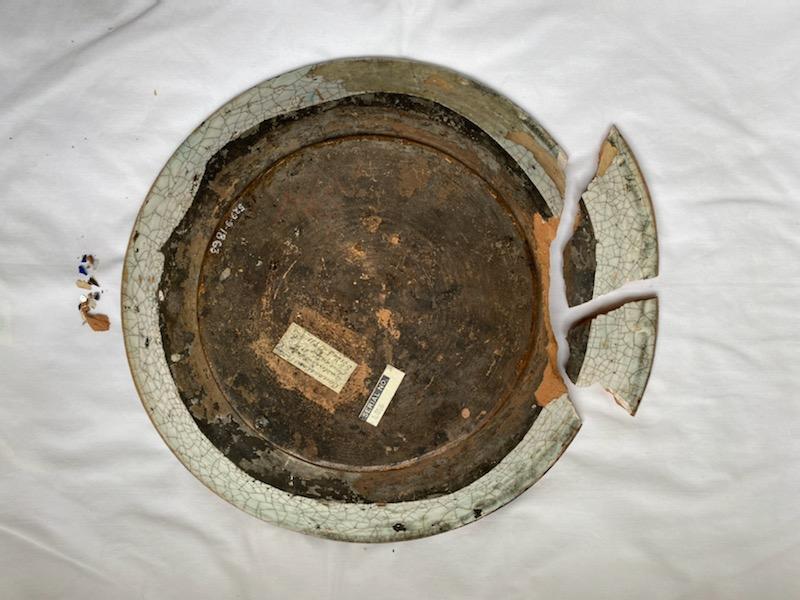
A 17th-century Anatolian glazed terracotta flat dish residing inside found itself the victim of an unexpected wind burst, breaking off two large fragments.
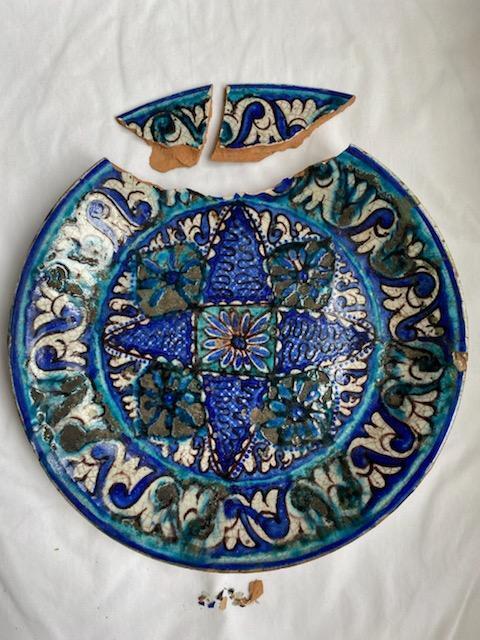
The Foundation at Hearst Castle funded the conservation of this 17th-century Anatolian ceramic dish this summer.


